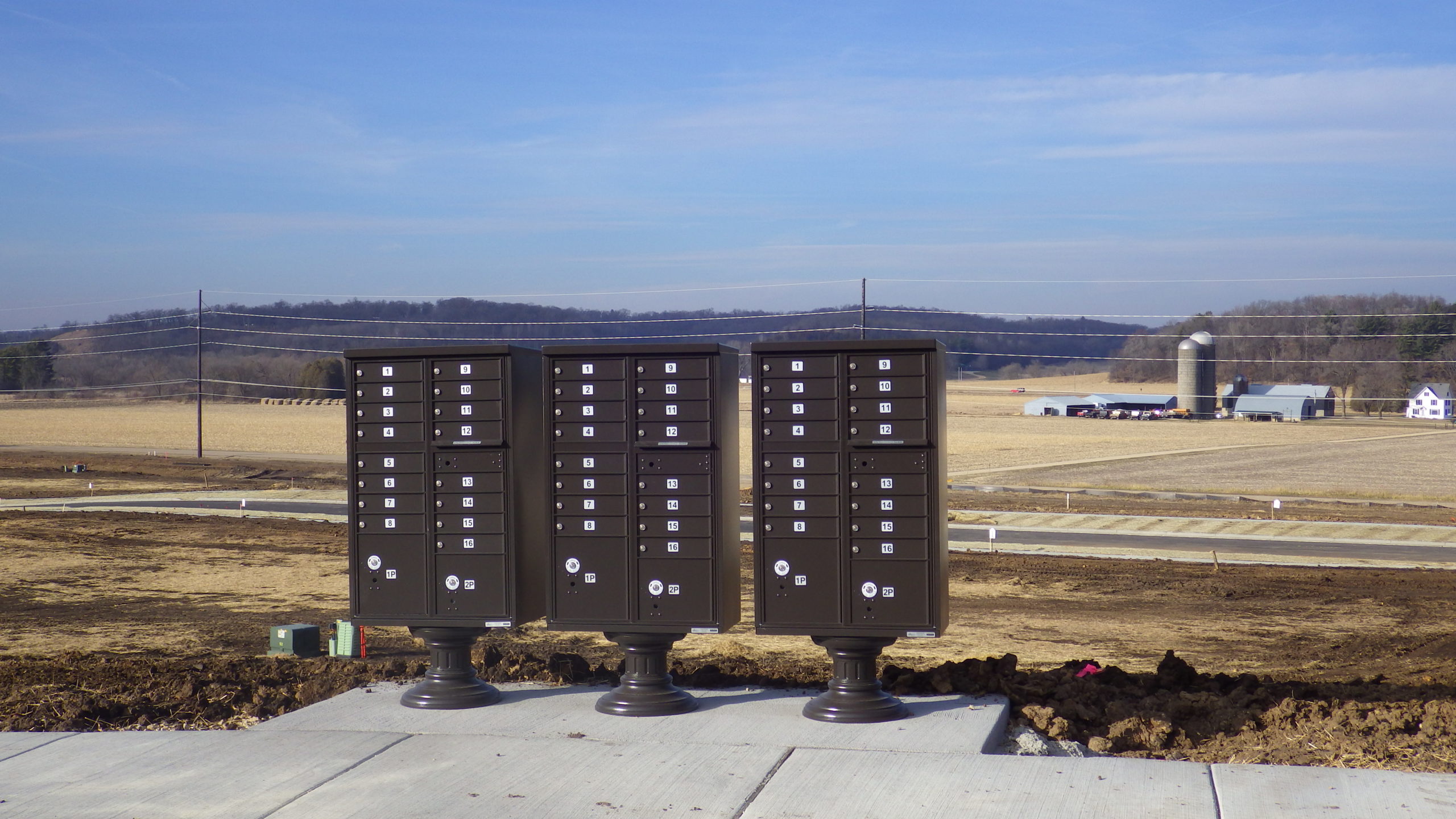
Could Cooperative Conservation be
a Fix for Rural Land Demand?
Many of Aldo Leopold’s writings are remarkably timeless. He also modeled practices that today are major disciplines like wildlife ecology and restoration ecology.
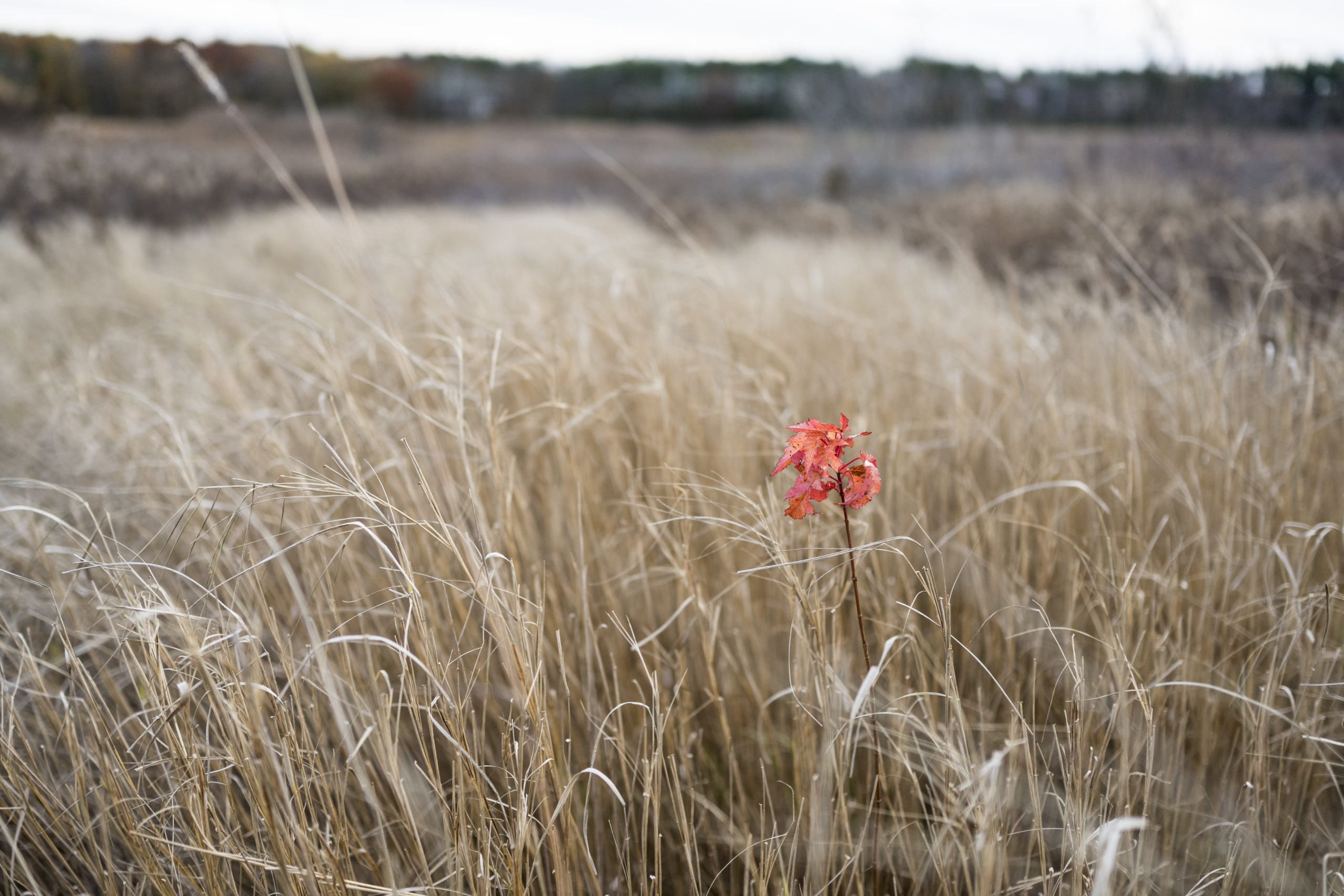
Rogue Amur maple sapling in Curtis Prairie, University of Wisconsin-Madison Arboretum. (Photo by Jeff Miller / UW-Madison).
But he put into practice another idea for landscape management that should’ve stuck more than it did: cooperative conservation. And it happened kind of by accident, not far from here in southwest Wisconsin. The story begins like this…

Aldo Leopold at Riley, photo from author’s collection from Leopold archives.
On a summer Sunday morning in 1931, Aldo Leopold stopped by the farm of Reuben Paulson for a drink of water. They struck up a conversation ….
“I needed a place to try management as a means of building up something to hunt. We concluded that a group of farmers, working with a group of town sportsmen, offered the best defense against trespass, also the best chance for building up game. Thus was Riley born.”
Aldo Leopold, 1940, in History of the Riley Game Cooperative, 1931-1939. Journal of Wildlife Management
Realize that this came four years before Leopold bought his Sand County land and infamous Shack. Here he didn’t purchase land.
Cooperative conservation on working lands is an idea worth revisiting.
At Riley Leopold experimented with cooperative conservation in the 1930’s – a time when farms across the country were degraded from overfarming and drought. He and Paulsen brought together 10 other farm members with several town members from Madison to improve the 1700+ acre Riley landscape in southwestern Wisconsin. Together they planted trees, built wildlife cover, and raised and released pheasant chicks. Under a new Wisconsin Shooting Preserve License members could hunt game while managing against trespass. When they weren’t working together they enjoyed ballgames and picnics. Through all these activities, the Riley Game Cooperative built a sense of community and many long-lasting memories.
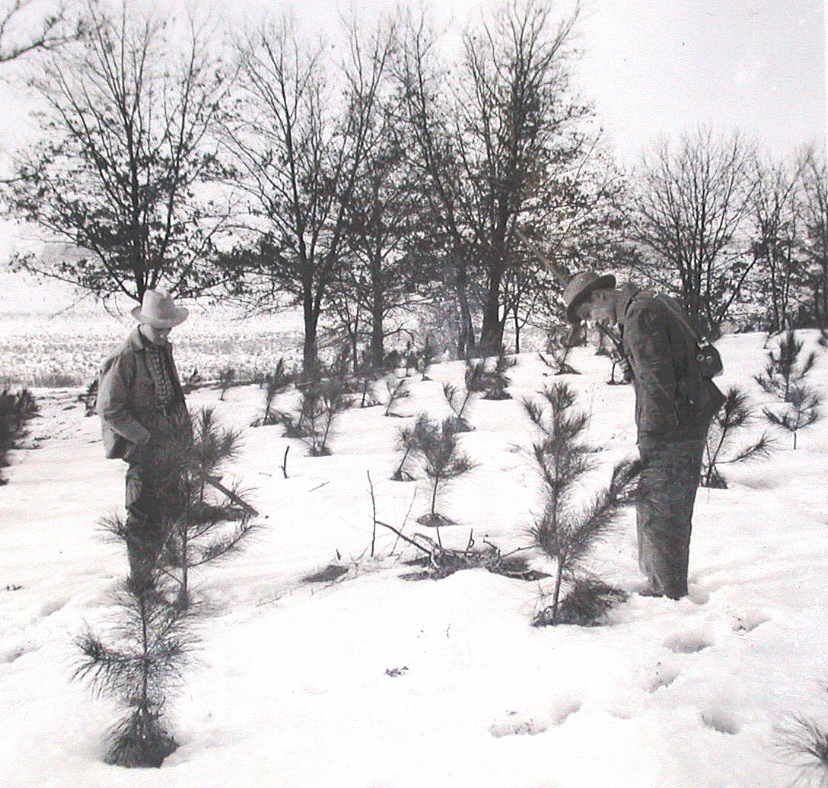
Planting pines at Riley, photo from author’s collection from Leopold archives.
“The cooperative idea has all outdoors to spread in.”
Aldo Leopold, 1934 in Helping Ourselves: Being the Adventures of a Farmer and a Sportsman Who Produced Their Own Shooting Ground. Field and Stream.
So why don’t we see more cooperative conservation like this today? Yeah, it may be hard for farmers and suburbanites to put on their Carharts for the common good. But that may be just what we’re faced with after the pandemic.
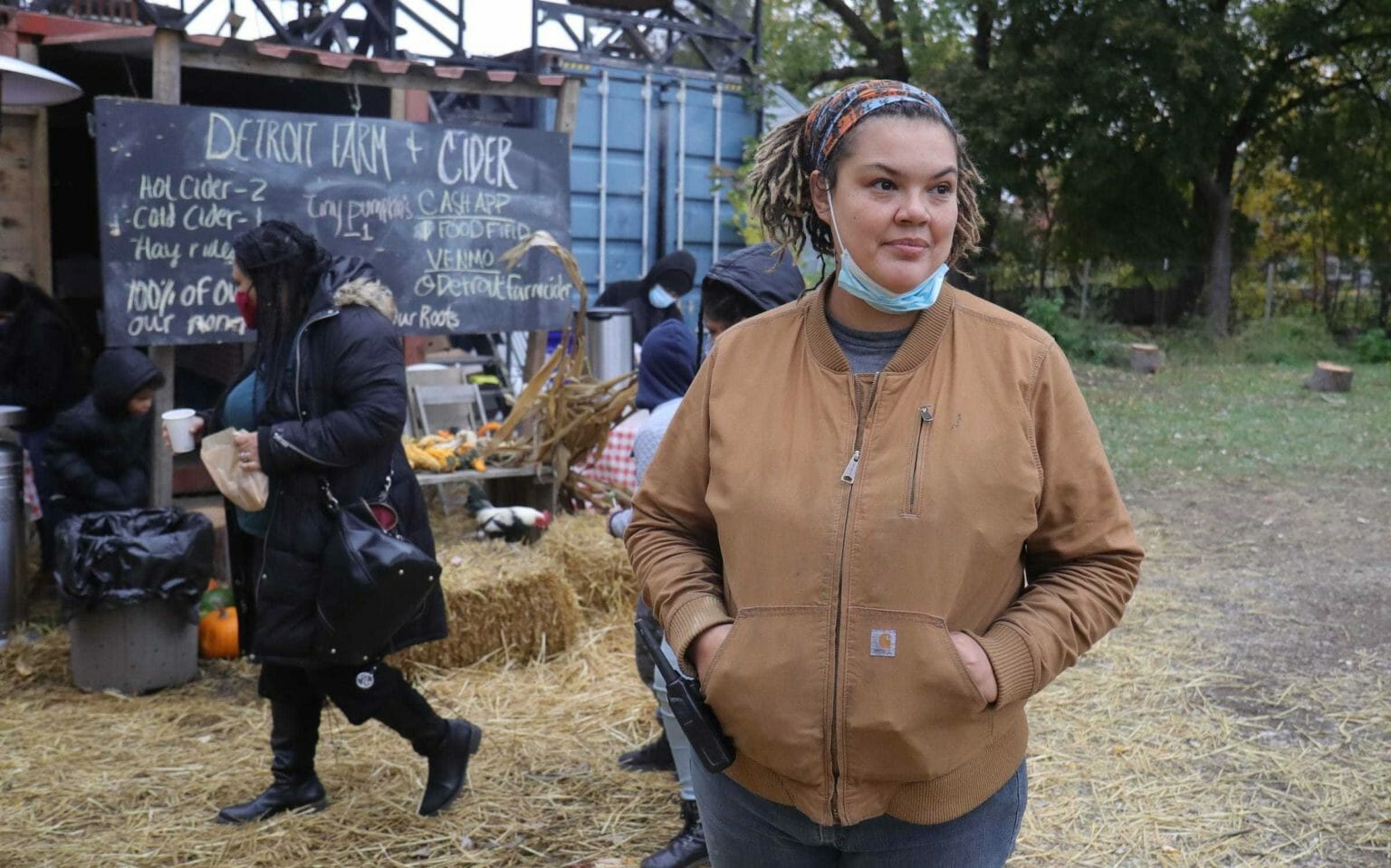
Photography by Kirthmon F. Dozier/Detroit Free Press via ZUMA Wire, from Modern Farmer article by Lindsay Campbell, Nov 29, 2020
In a recent post Amanda Arnold, of Ayres Associates, talks about the need to plan for the potential urban exodus:
“at this point it’s hard to know how many residents will take the opportunity to move to that remote location they’ve always loved…. However, with mortgage rates at record lows, millennials and baby boomers are both facing major post-COVID lifestyle decisions…”
On the Move: How Will COVID Housing Trends Affect Residential Planning?
Realtors across the country experienced a spike in demand for rural properties in 2020 as the pandemic has pushed city residents to relocate to the quieter, more spacious countryside. These new rural residents represent a whole new generation of homeowners, gardeners, and homesteaders.
Lindsay Campbell, Modern Farmer, JUL 13, 2020
Meanwhile, 371 million acres, or 40 percent of America’s agricultural land is expected to change hands within the next 15 years, putting both family farmers and the land they steward at risk. Yet, would-be farmers often can’t afford to enter the field.
American Farmland Trust – Keeping Farmers on the Land
Keeping Farmers on the Land Read More
So how compatible will the new rural citizens be living alongside next gen farmers?
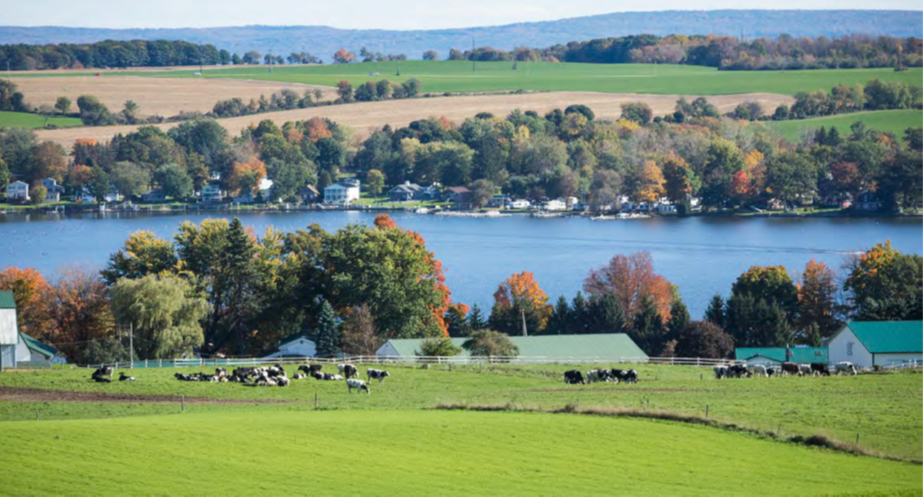
Image from Farms Under Threat State of the States Executive Summary. American Farmland Trust 2020
Public lands will not be enough to maintain the rural character that so many are seeking. In Wisconsin, over 80% of the land area is privately owned. So as Leopold realized, working agricultural lands will have to provide some of those natural areas and habitat. If farmers and developers work together to strategically protect and provide natural areas and corridors, the countryside could better meet the demands on it. Sounds good, but how?
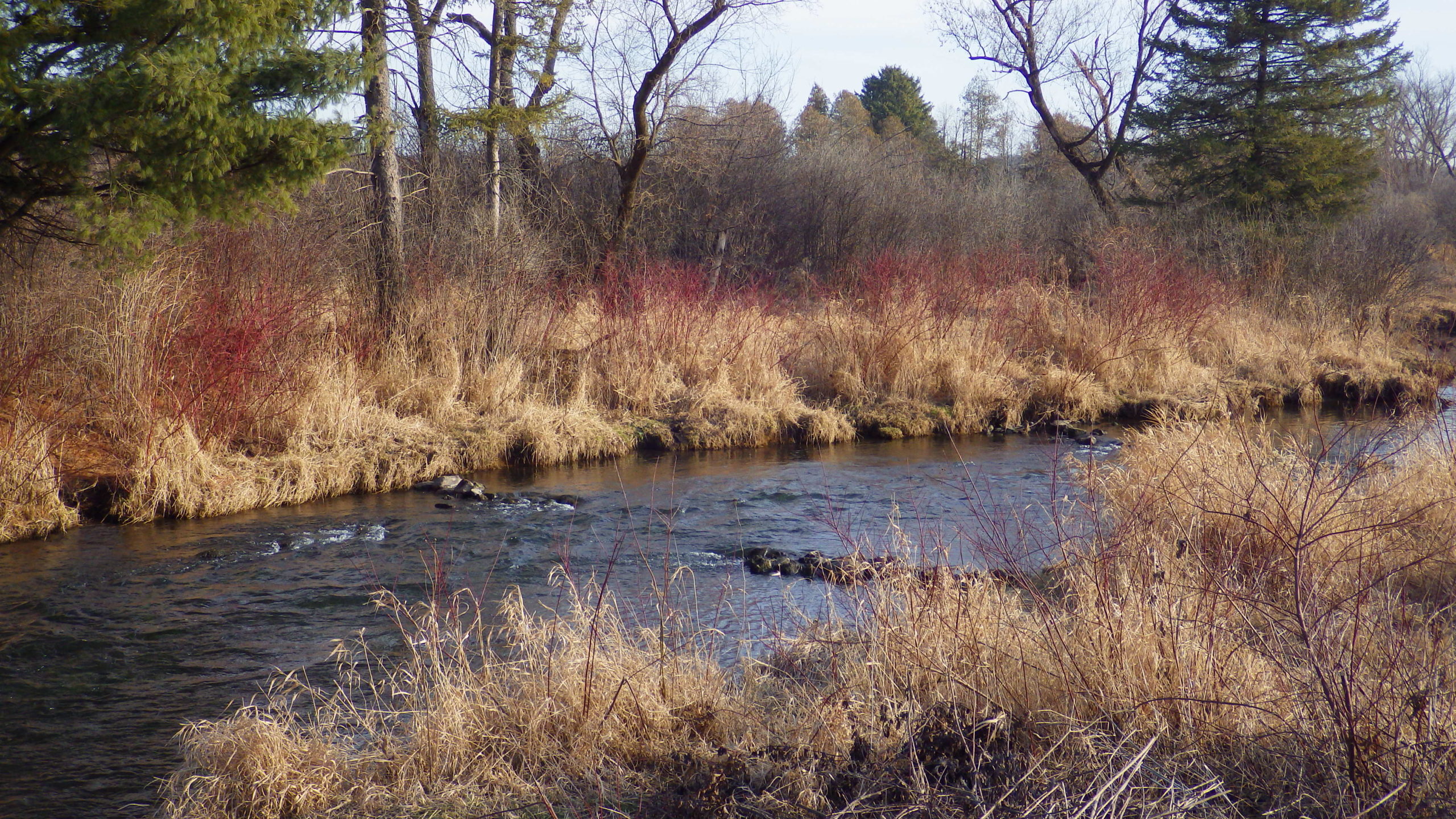
Black Earth Creek, Wisconsin. Photo by author.
By being smart and ready with innovative plans and approaches as the urban edge presses closer to the countryside. How can coooperative conservation work on today’s landscape? I’m not talking about traditional conservation tools like agricultural easements, CRP, or even Friends of [name your place] work parties to pull garlic mustard. Those are all important to have in our conservation toolbox. But let’s imagine some radical ways to mesh shared land values, like…:
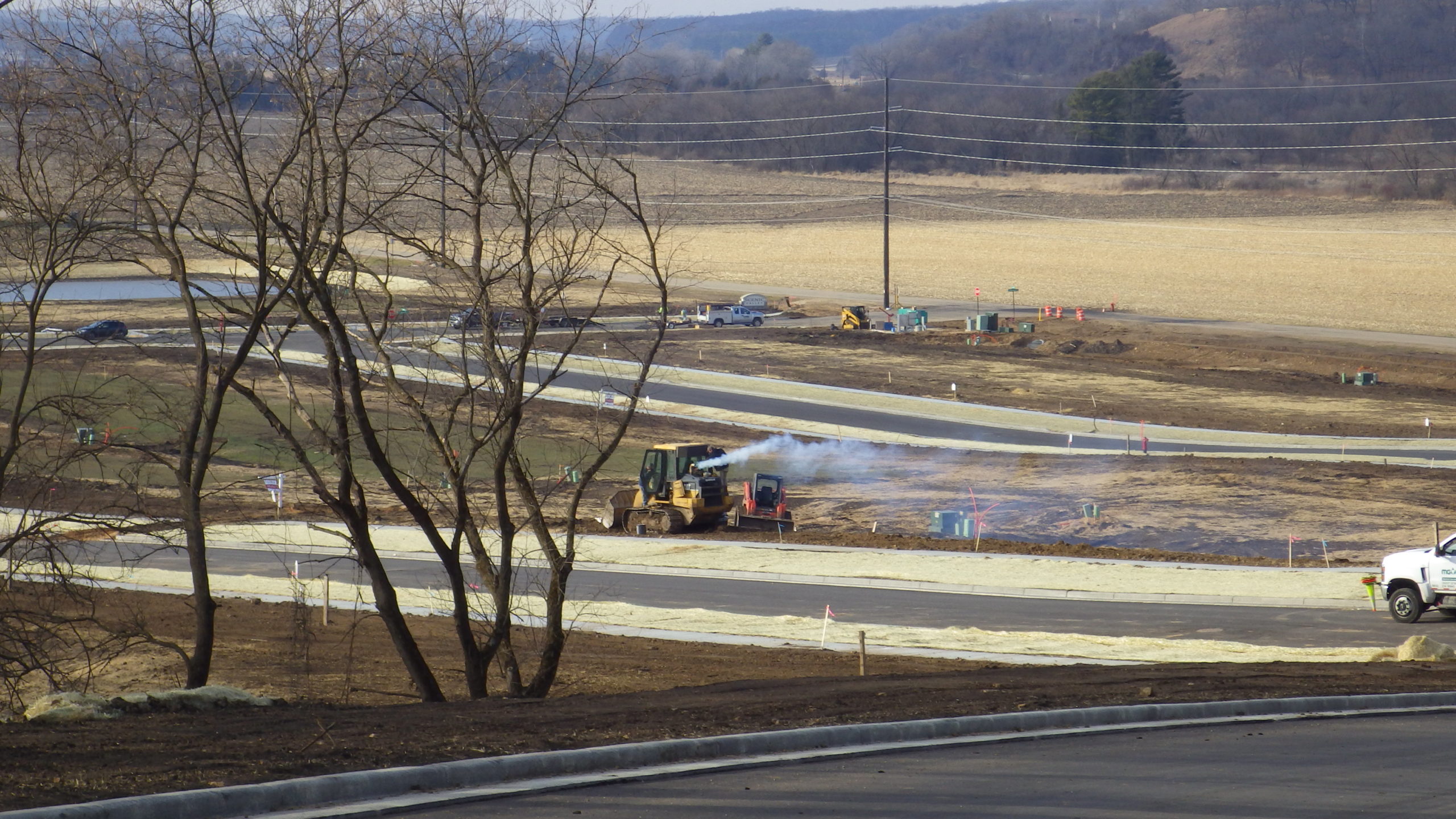
Scenic Valley development, Cross Plains, Wisconsin. Photo by author.
- a cooperative hunting model, for the new urban hunter. Think of this as an updated extension of the game cooperative model. Farmland owners provide space to support Learn to Hunt participants in exchange for help with stream protection or venison sausage. The Learn to Hunt for Food program of the Wisconsin DNR recognizes,
“A recent and growing trend in the United States has been an uptick in people who are conscientious about their food sources because of commitments to personal health, ethical treatment of animals and environmental awareness.”
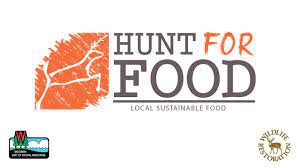
- a cooperative homesteading model, where land-rich farmers provide an area for newly rural residents to raise veggies, chickens, or goats in exchange for fresh salsa and help building a fence. Think of this as a reboot of community-supported ag farms.
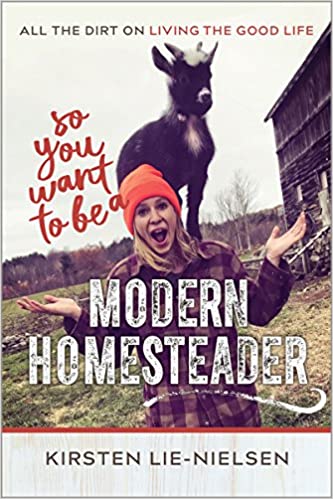
You mights see other takes on cooperative conservation for the suburban-rural fringe. Reimagine cooperations in which wildlife habitat gets protected, pollinator gardens planted, and farm run-off filtered. Because when the countryside is trending, these words are timelessly relevant:
“The thing to be encouraged is the use of private land in such a way as to combine the public and private interest to the greatest possible degree.”
Aldo Leopold, 1934
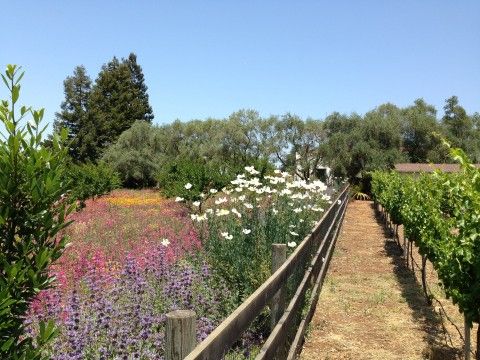
Urban vineyard with pollinator hedgerow, Pinterest.
Hear more about Leopold’s Riley Game Cooperative in my February 2021 talk at the Private Lands Symposium of the Wisconsin Chapter of the Wildlife Society.


